Apple's recent decision to remove ICEBlock from its App Store has ignited a heated debate about tech companies, government pressure, and user privacy, though not in the way Trump administration officials expected. Apple removed the free iPhone app that allowed users to anonymously report ICE agent sightings after law enforcement raised safety concerns. The app had gained over one million users before its removal. It did not go quietly. The controversy lit up timelines and threw a spotlight on the crowded intersection where technology platforms, government authority, and citizen rights collide.
When government pressure meets app store policies
The removal came with all the subtlety of a sledgehammer. We reached out to Apple today demanding they remove the ICEBlock app from their App Store — and Apple did so," said U.S. Attorney General Pam Bondi." Apple said it removed the app after receiving information from law enforcement about safety risks.
The government's concerns were not invented from thin air. The FBI pointed to an incident where a gunman who targeted an ICE facility in Dallas had allegedly used similar apps to track agent movements. That kind of violence gave weight to the warnings. But the response was sweeping. This was not limited to just ICEBlock. Apple also removed similar apps including ICE Immigration Alerts, and Google pulled multiple apps from its Play Store as well.
The timing looked coordinated. The creator of ICE Immigration Alerts told the BBC that Apple and Google pulled their app within hours of each other, a sign of synchronized enforcement rather than two companies acting in isolation. It raises an old question with fresh urgency. When law enforcement calls, do platforms make autonomous moderation choices, or do they fall in line?
What ICEBlock actually did (and didn't do)
So what did the app offer, really? ICEBlock functioned as a crowdsourced reporting platform where users could anonymously flag ICE officer sightings in their area. Think Waze, but for immigration enforcement.
It was not a free-for-all. The app added guardrails: reports expired after four hours, users could only report within a five-mile radius of their location, and the system stored no personal data according to independent analysis by TechCrunch. In other words, the developer anticipated abuse and tried to blunt it.
Developer Joshua Aaron defended the app as "no different from crowdsourcing speed traps" like those in Apple's own Maps app. That comparison exposes a tension in how we treat different kinds of law enforcement reporting. The app was only on iOS because Aaron said he could not guarantee anonymity for users on Android, a detail that speaks to the privacy-first design he was aiming for.
The broader implications for Apple's ecosystem
This fight echoes past moments when Apple faced political pressure in other places. The company previously removed police tracking apps in Hong Kong during protests after pressure from the Chinese government. The pattern suggests Apple's content decisions are not just about universal safety standards; they are also about power, and how governments exert it.
Apple's official line is about creating a "safe and trusted place to discover apps". Critics see something else, a precedent that lets private platforms become tools for political enforcement. The app's creator accused Apple of "capitulating to an authoritarian regime," a sharp way of framing the tug-of-war between corporate policy and speech in app stores that function like public squares.
One odd wrinkle, existing users can continue using the app even though new downloads are blocked. That creates a two-tier access system where early adopters keep functionality while newcomers are locked out, effectively a grandfather clause for controversial software. It satisfies no one and underscores how arbitrary enforcement can feel.
The backlash also backfired. ICEBlock had been operating since April, then it shot to number one in the App Store only after officials began publicly criticizing it. The Streisand effect in action, sometimes the fastest way to promote something is to try to ban it.
Where does Apple go from here?
This flare-up shows the bind Apple now lives in, a platform with global reach and a company subject to governments everywhere. The removal of ICEBlock illustrates how quickly political pressure can reshape what apps we can access, especially when safety concerns likea Department of Homeland Security statement (2025-06-20) that said assaults on ICE agents rose by about 500% (DHS; specify timeframe) are front and center.
The inconsistencies in Apple's approach remain the sticking point. If reporting ICE locations is an unacceptable safety risk, what separates that from mapping apps that crowdsource police speed trap locations? The line looks driven less by clear safety principles and more by political heat.
Bottom line, we are watching a shift in how government authority intersects with digital platforms. The tech industry will face more of these flashpoints as immigration politics intensify, and the precedent here, that direct government demands can quickly reshape app availability, reaches far beyond immigration.
For Apple users and developers, this is a reminder that the App Store is not just a marketplace, it is a place where technology, politics, and policy collide. The company that once cast itself as a guardian of user privacy against government overreach now removes apps at direct government request. Reasonable precaution or censorship, take your pick. The implications for digital freedom and platform independence are hard to ignore.
This will not be the last time government pressure reshapes what apps we can access. The open question is whether tech companies will build transparent, consistent playbooks for these moments, or whether we will keep seeing reactive takedowns that leave users, developers, and the platforms themselves guessing where the lines are. My bet, more clashes are coming.




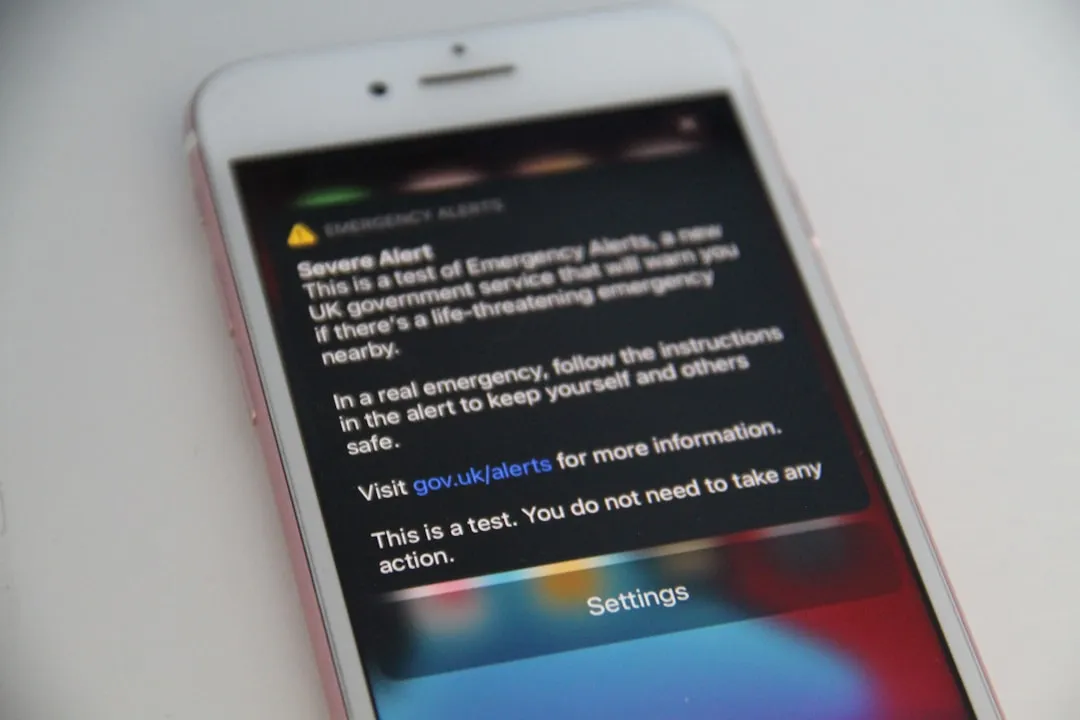


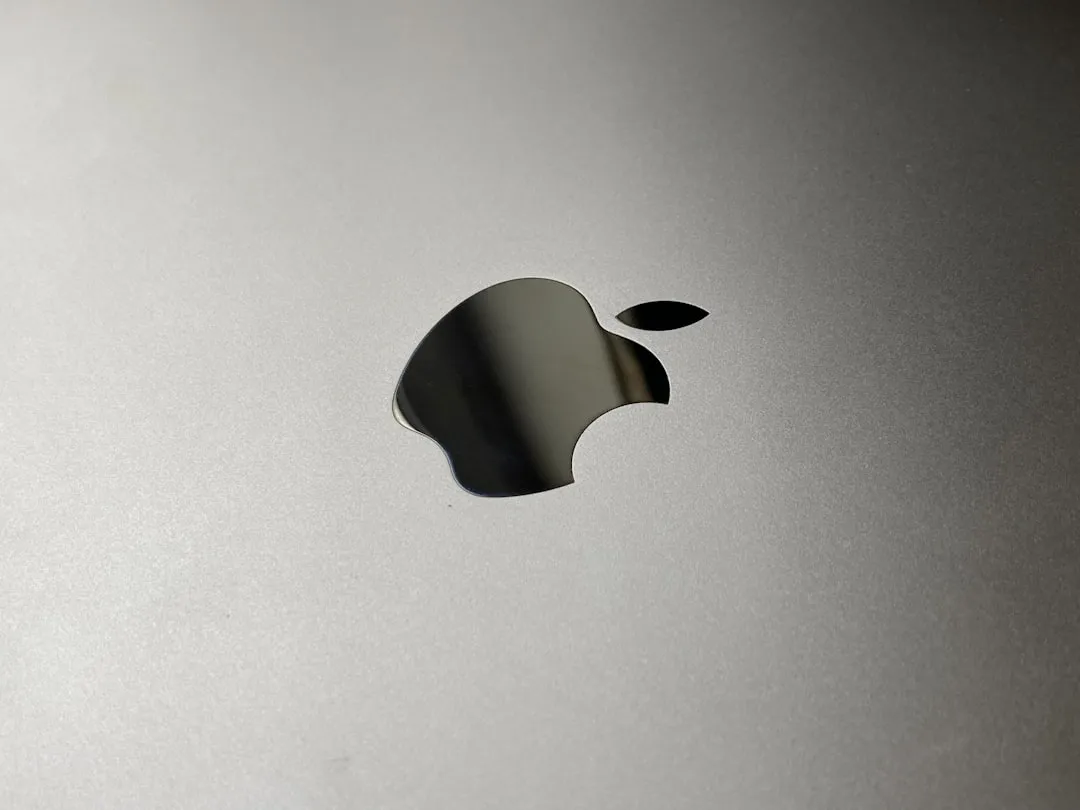
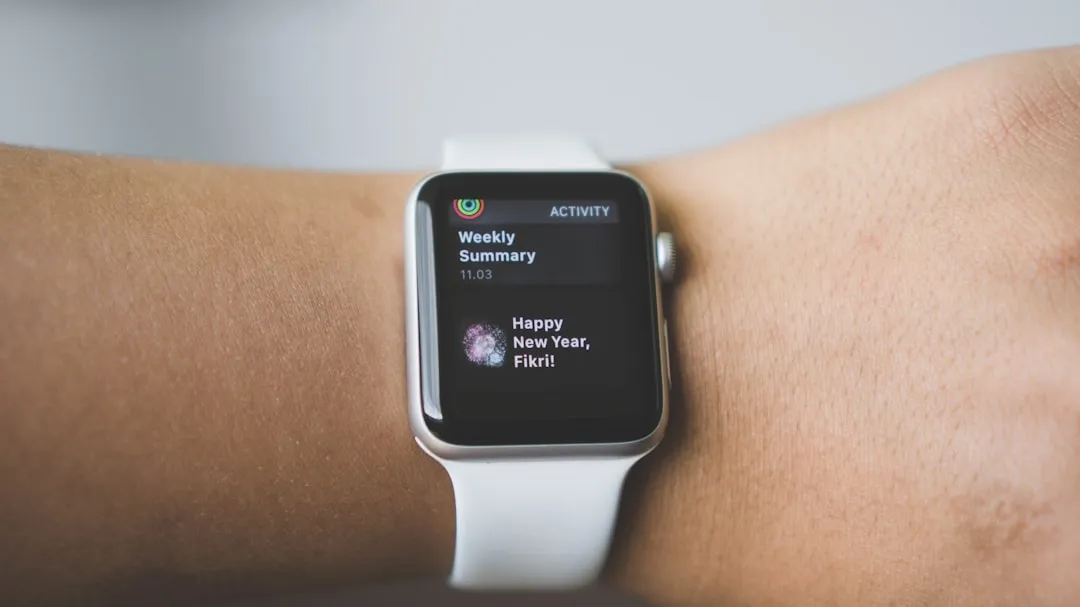
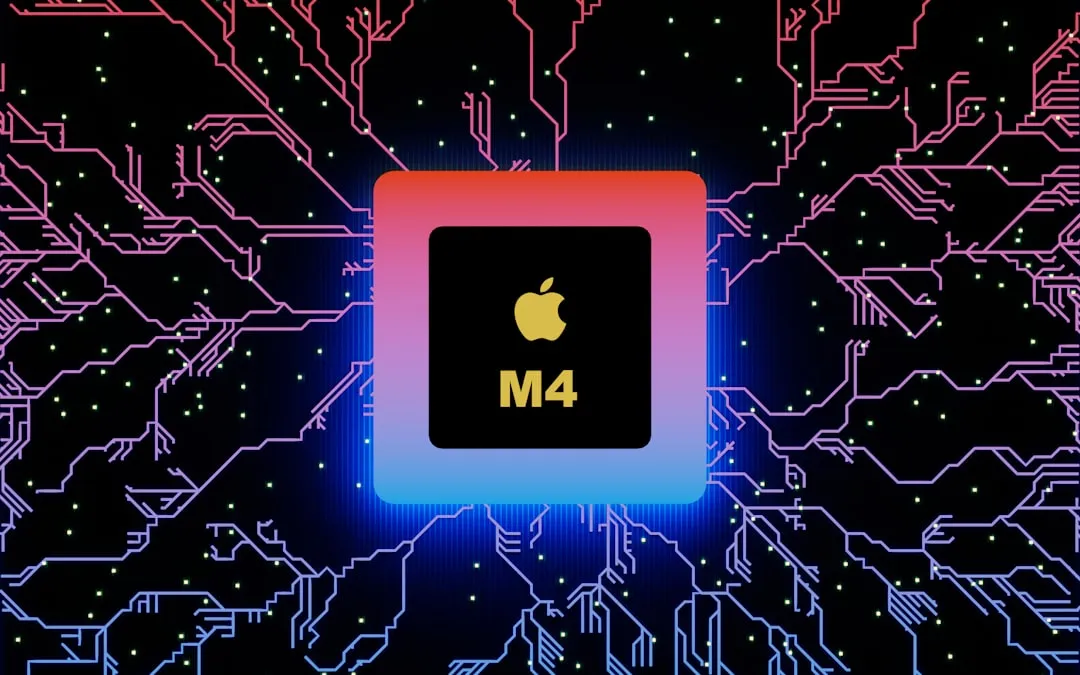




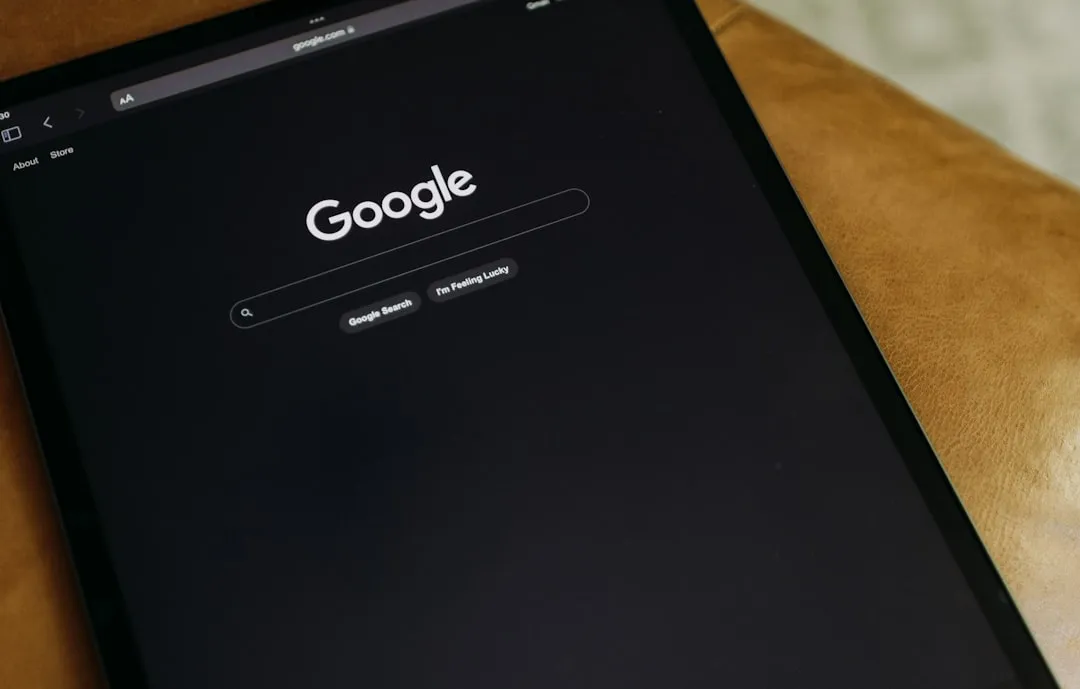

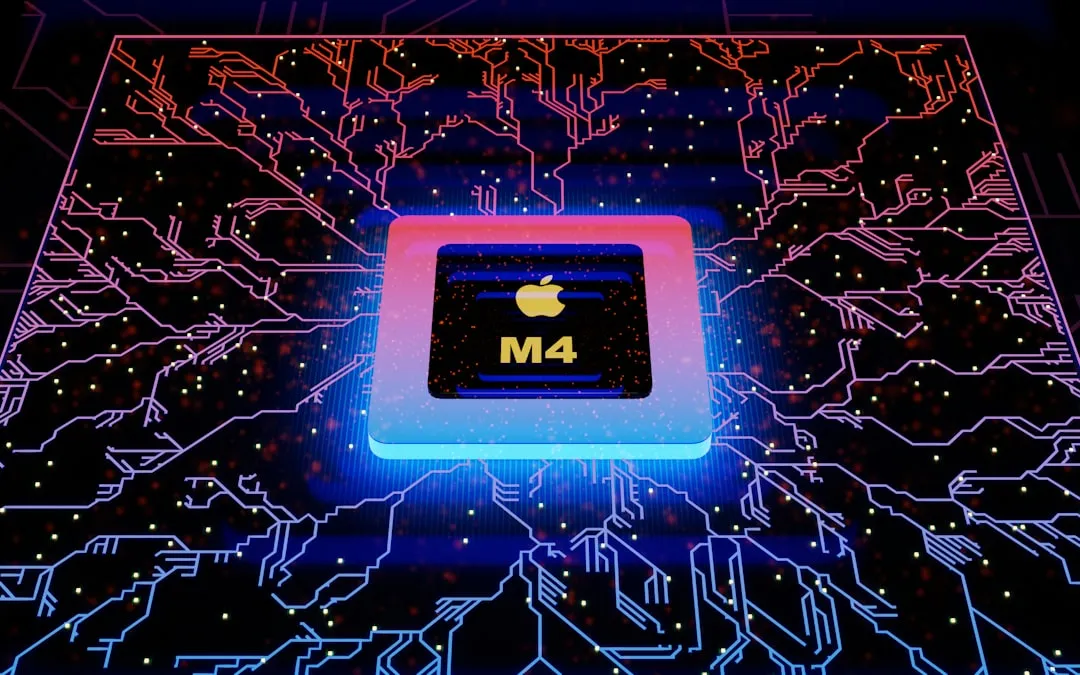

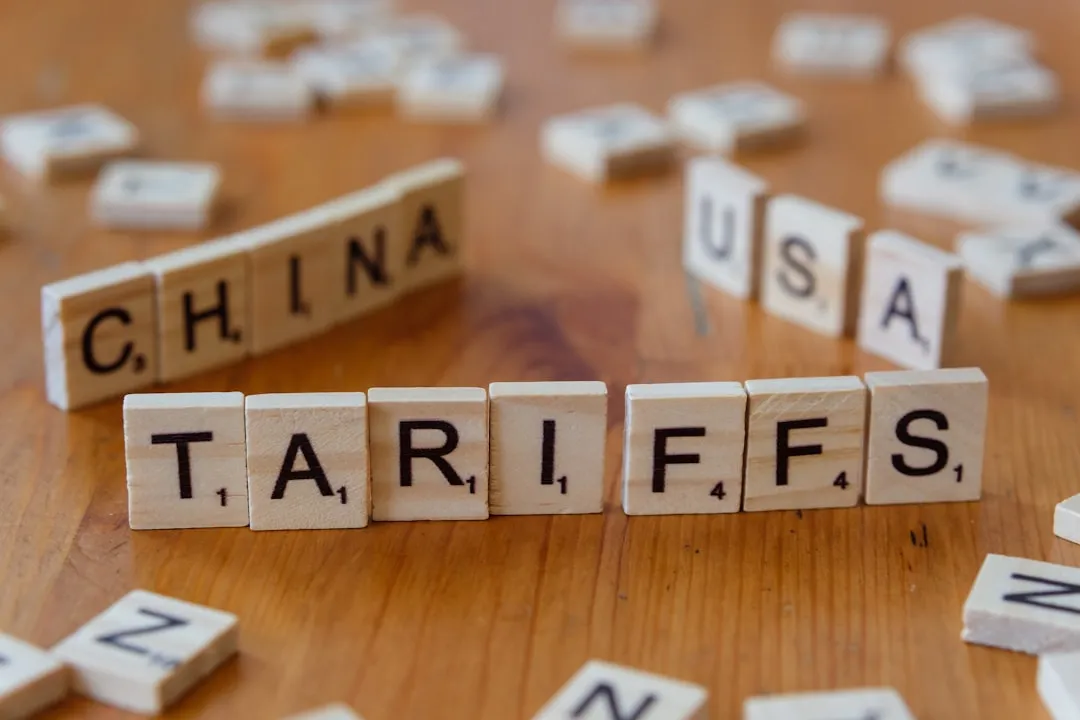
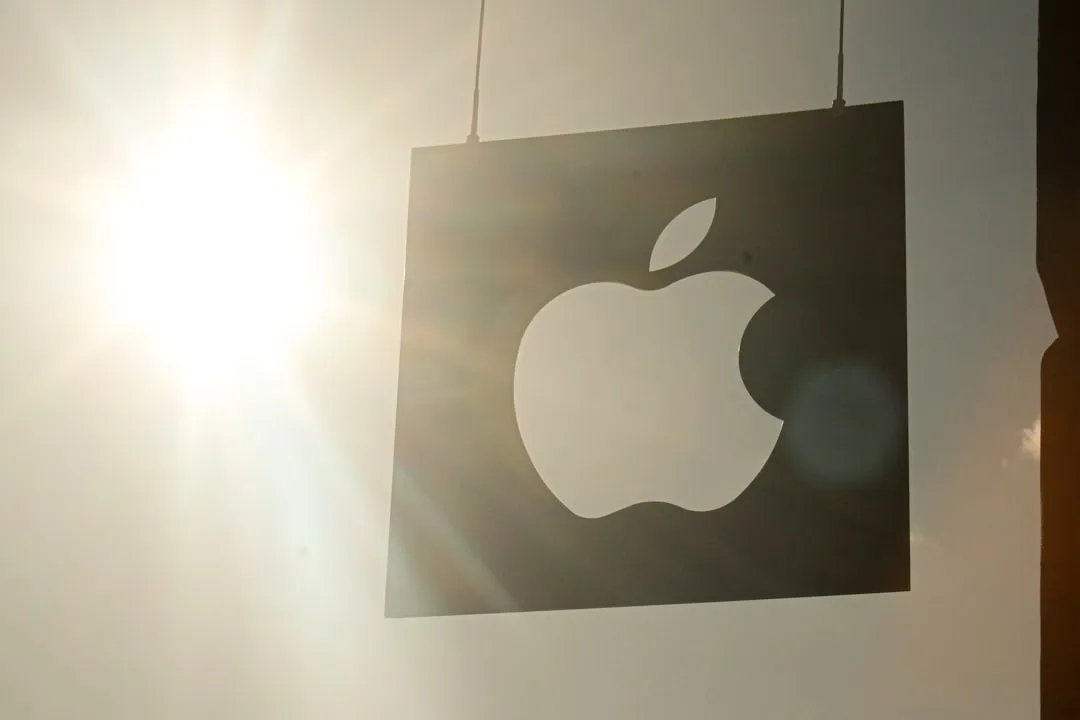
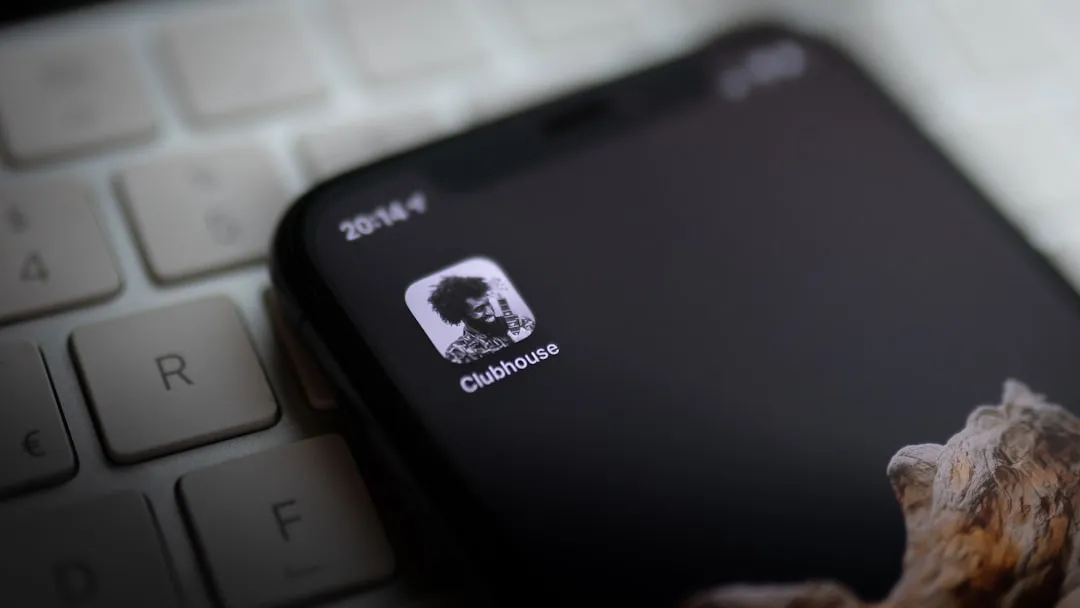
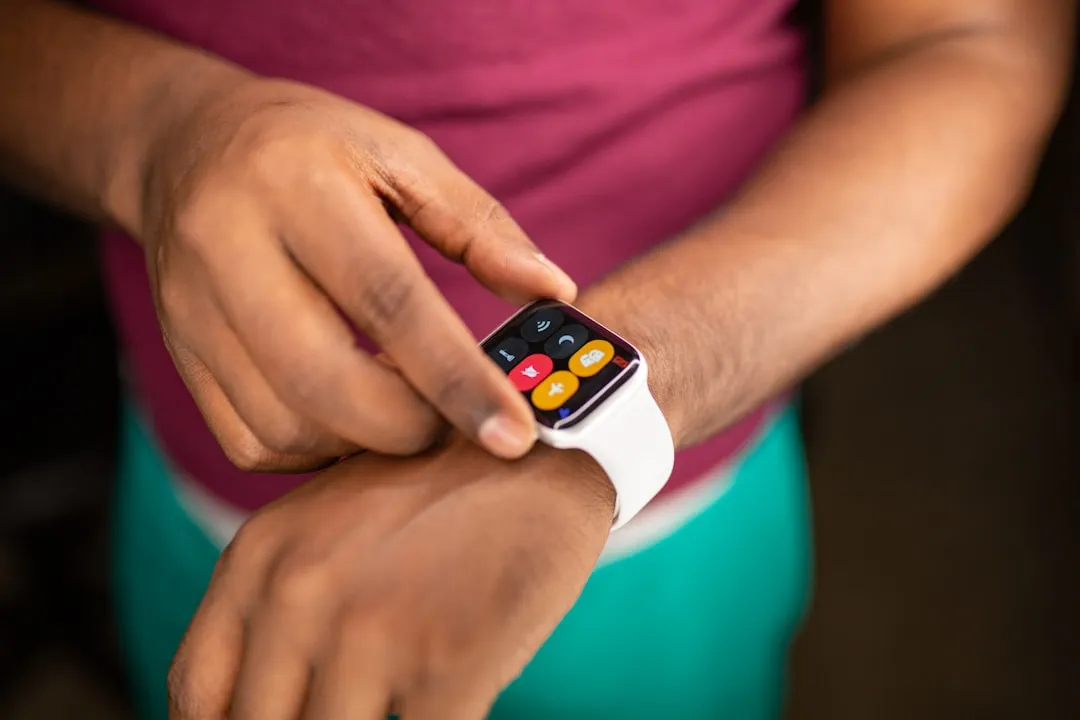
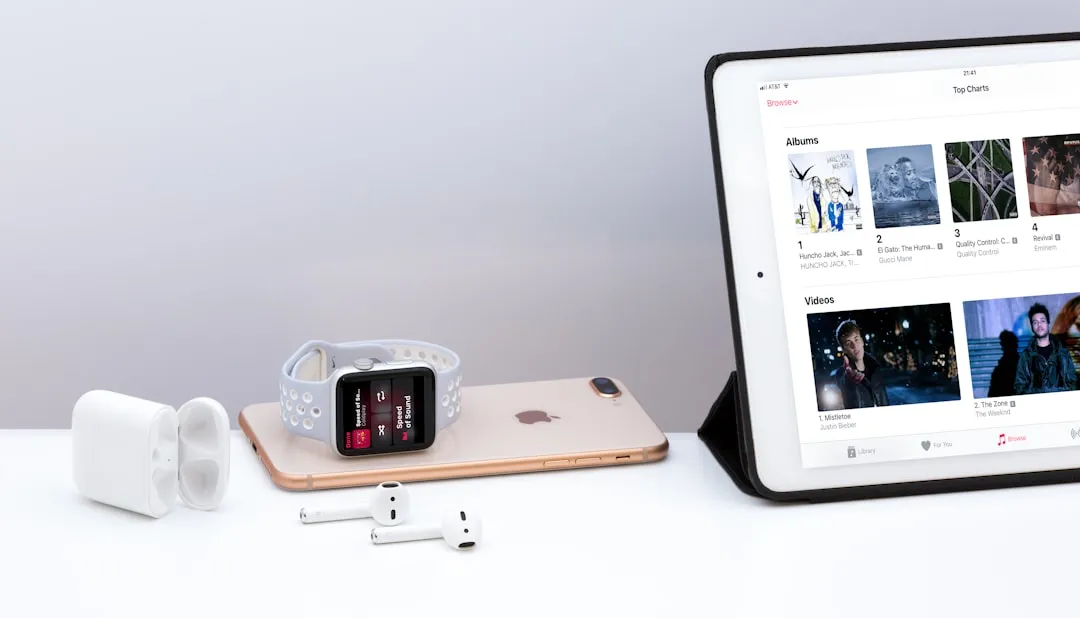
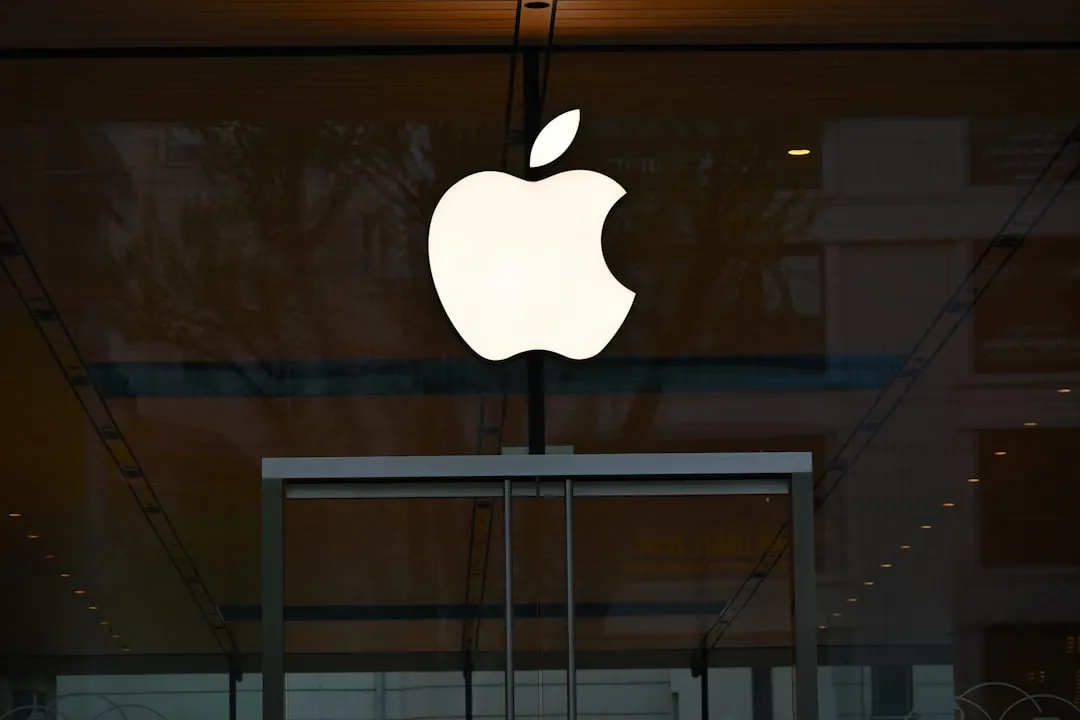

Comments
Be the first, drop a comment!